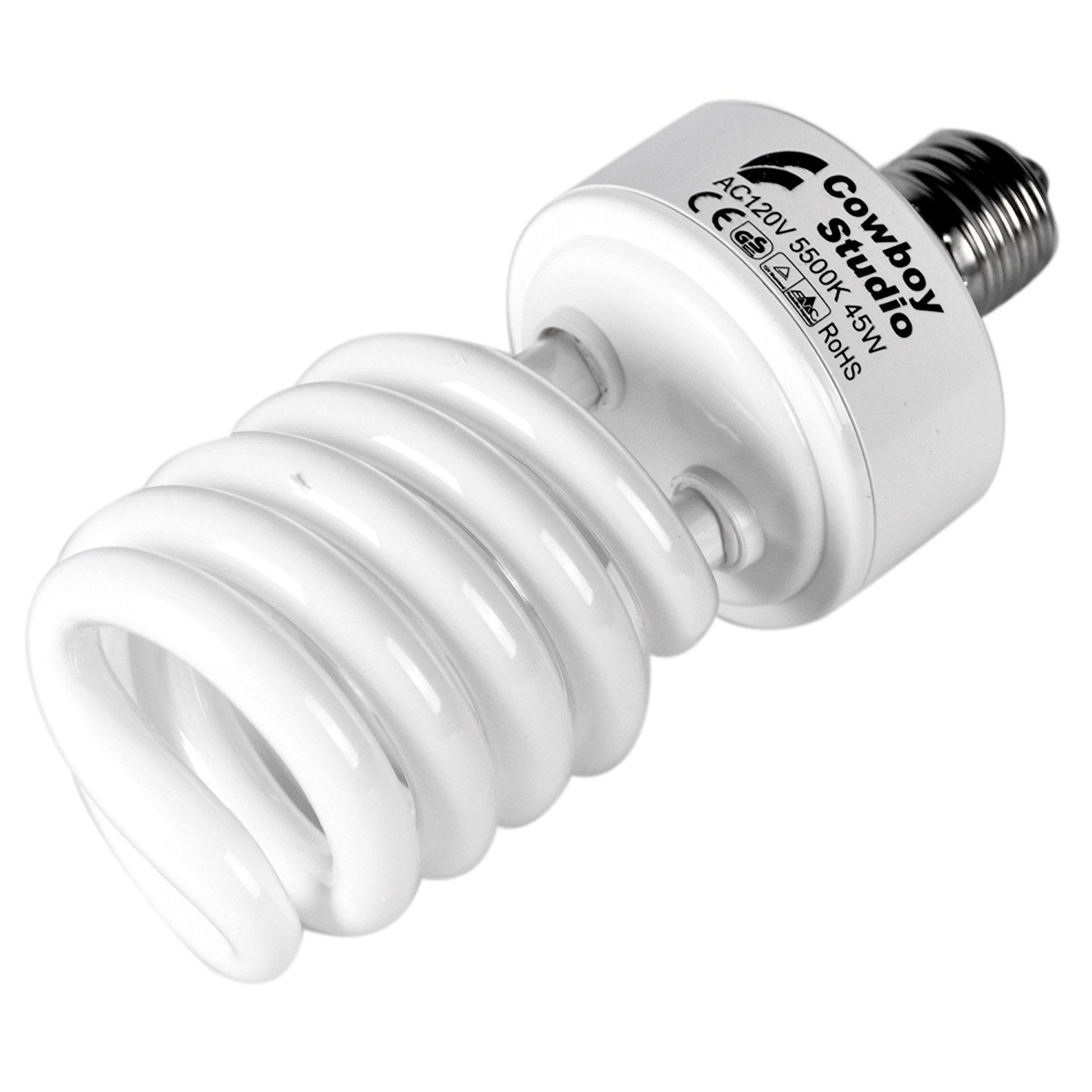CFL and LED lightbulbs are sold as being "40/60/100 watt equivalent". They're designed and sold as replacements for a certain wattage of incandescent lamp.
I have some fixtures where I want a very bright bulb. Since CFLs and LEDs can get more light out of less wattage it seems to me that an actual 40W draw CFL or LED that would be significantly brighter than a 40W incandescent.
Does such a super-CFL or super-LED lamp exist?


